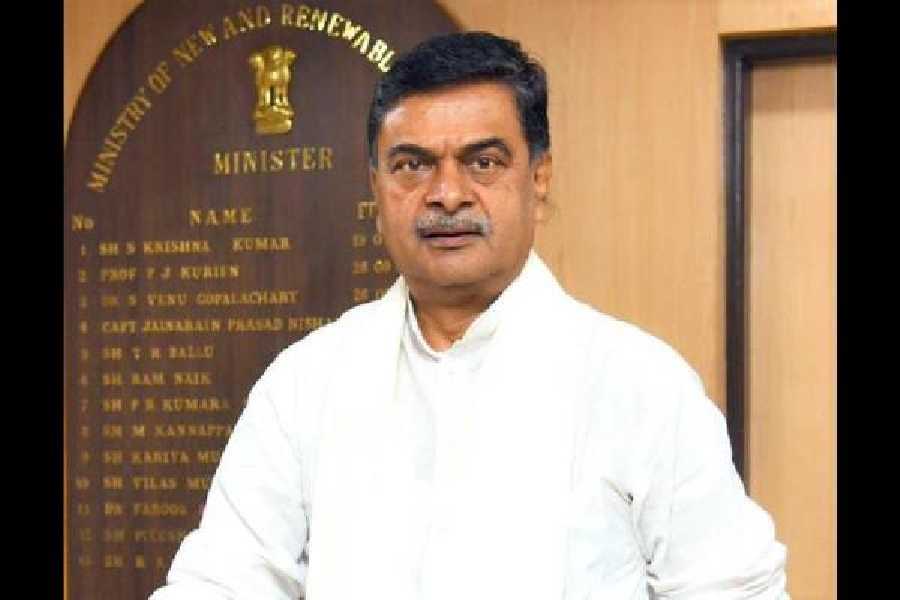It’s been about four months since farmers from Punjab, Haryana and Uttar Pradesh started protesting along the borders of New Delhi, braving the cold, the rain and then the heat. The trigger was the enactment, without broad consultations, of three specific laws that the Narendra Modi government says will usher a reformist era into Indian agriculture and liberate the farmer.
The farmer, on the other hand, is not only apprehensive but he also does not support the laws. While the immediate demand has been to repeal the laws and make minimum support price a legal guarantee, the larger question he is raising relates to State support, which farmers argue is essential for their survival not just in India but across the world. China, the United States of America, the European Union and Japan dole out massive subsidies — direct, indirect, cyclical, counter-cyclical — to their farmers, while subsidies for farmers in India are dwindling.
The contribution of agriculture to our gross domestic product is falling; real farm incomes are dropping and wages are stagnant. The protests seem to be restricted to the north, where agriculture markets are better organized. Yet, agrarian crisis is a pan-Indian phenomenon, with varied outcomes, from suicides to migrations. The protests have support from farmers all over.
We have to situate the agitation in the continuing agrarian crisis and rising income inequalities. Last week, we learnt that the fortune of the Indian businessman, Gautam Adani, rose by a whopping $16.2 billion to $50 billion in the time of the pandemic — impressive, given that many Indians actually lost their jobs and incomes. On March 8, the Centre told the Lok Sabha that the scheduled commercial banks had written off bad loans amounting to Rs 1.15 lakh crore during the first three quarters of the current fiscal year. In its reply to a question, the Centre said that banks waived loans of Rs 2,36,265 crore and Rs 2,34,170 crore during 2018-19 and 2019-20, respectively. In two decades, banks have written off loans worth lakhs of crores for corporates, money that could have built a vibrant, new India.
According to the 2021 Oxfam report, The Inequality Virus, income inequalities widened in the pandemic year. “Extreme inequality is not inevitable, but a policy choice,” said Oxfam. The Modi government’s policy vis-à-vis the farm sector has been haphazard. On the one hand, the Centre gives a direct annual support of Rs 6,000 to a farmer — around Rs 16.5 a day. On the other hand, it wants to wriggle out and leave agriculture markets unregulated for private players. What it gives, it takes away by imposing higher taxes (take fuel, for example). It attacks the cooperatives, but wants farmers to form their own companies. It puts the onus of supporting farmers on states, already saddled with financial crises after demonetization, the imbroglio around the goods and services tax and disruptions caused by the pandemic.
Meanwhile, the talks between the Centre and the 40-odd farmer organizations steering the protests in Delhi are stalled. No one is budging. The movement seems to be quietly expanding. Several kisan panchayats, all massively attended, have been held so far in the north. Now, the farmers’ leaders are fanning out across the country, beginning with the five states that are due for assembly elections.
In three decades, farmers’ movements across India either splintered or stagnated. This one is looking to bring small groupings under one umbrella. For that, it needs to be flexible with regard to its avatar and demands, so that it can rally farmers from different states. It needs to study many workable farming models that exist across India to seek the right policy support.
For rallying a demand is one thing. But building a pragmatic, sustainable and climate-resilient vision for Indian farming is a prerogative the movement must not shy away from. It is time farmers worked together to set their own agenda.











